The Creativity of the Pen
Picture a magazine or book whose cover struck you. Pick it up and flip through it. How many times did you feel attached to the memory of that image and think about how much that book, or that story, allowed you to feel something? The smell, the font, and the graphics of a text are all necessary ingredients for the gluttonous bibliophile. But how important is the creative component, hidden behind the written word, in publishing and journalism? In the last few years, particularly in 2016, illustration and design have had significant resonance.
New York has become a fertile land for cultivating Italian “pens” big and small as well as new and old. From exhibits of the work of Italian illustrators curated by Melania Gazzotti to the detailed studies at the Italian Cultural Institute, there has been a drive to recognize the field. And then there was the XVI edition of the "Italian Language Week in the World" (October 17-23) entitled “L’italiano e la creatività: moda e design,” which saw the participation of extremely talented artists.
An editorial revival
“All of the most important editorial offices, from the New York Times to the New Yorker, are very attentive to new illustrators like Emiliano Ponzi and Olimpia Zagnoli. Above all, I believe that this is a stylistic factor, an important avant-garde that speaks to the sensibility of the American publishing industry,” says Stefano Imbert. At the Society of Illustrators, continues Imbert, illustrators are chosen from a diverse pool from all over the world, but it is the names of the Italians that stand out. “The result is a unique style that is in line with the times. Recently one of the shows had Stefano Delli Veneri, Chiara Vercesi, and the Balbusso sisters as some of the biggest names.”
For ten years, Stefano Salis has been writing a column called Cover Story in which he describes a book cover and explains its success and how it functions in terms of visible grammar.
“I believe that the sector of editorial graphics and illustration experienced a rise in price in Italy. This is one aspect of my positive outlook. In the early 2000s an important publishing house like Guanda decided to trust its graphic restyling effort to an important designer and illustrator, in this case Guido Scarabottolo, who was able to effectively use pencils and paint brushes as new technologies. The graphic impact had very simple illustrations on the cover, different from the vivid illustrations of Ferec Pinter, and it encouraged other editors to follow suit.”
Technology and Creativity
We are living in an era where creativity exists alongside technology, where a piece of paper can easily be substituted by a drawing tablet. “I believe that we are looking at the first generation of illustrators that can produce great work without ever touching a pencil or a paintbrush, says Salis. “Think of Emiliano Ponzi and Olimpia Zagnoli. I think of Franco Matticchio as an ‘old school’ artist who is removed from the new technologies.”
Imbert finds the union of traditional and digital media, including Photoshop, very fascinating. However, paper is always the starting point. Understanding where the traditional intersects with technology has become a game of sorts for the artist, resulting unprecedented ways of working.
“For example, the work of the Balbusso twins has a painterly base that permits texture to be electronically created and fused together.”
Regarding the future of paper, Salis remains an optimist, reminding us that even in America eBooks haven’t caught on. Rather, we should use apps that, instead of goods, can be substituted with content from books. In the future publishing houses will need to keep in mind that it’s not a crisis of books, but a crisis of literature.
“We are working toward a different way of thinking about images. They may be less detailed, as can be seen on Amazon or Google,” concludes Imbert. In the environment in which we are living now, illustration has been transformed into interior design, technology has become the new paintbrush and the cover of a book the new canvas. We’re still in the middle of an evolutionary period.






























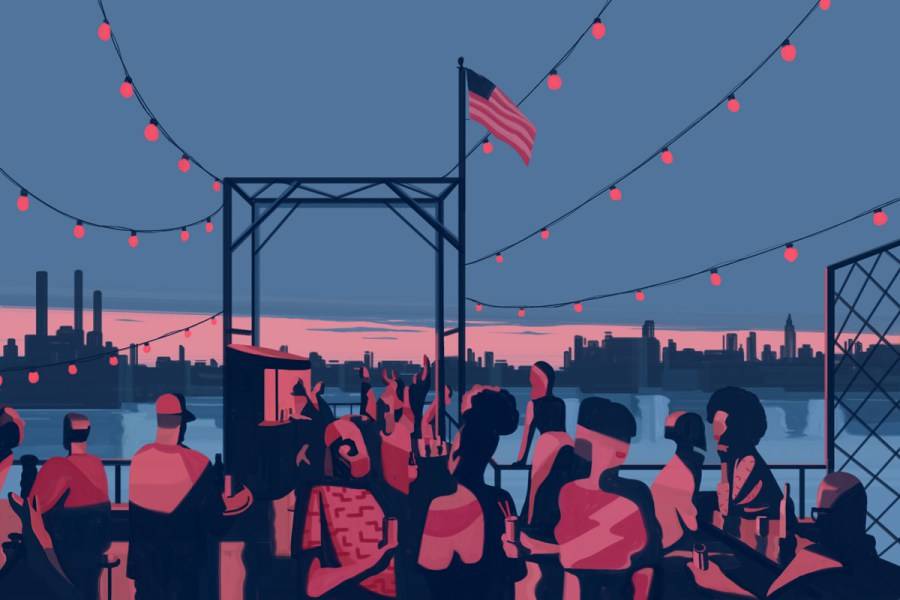
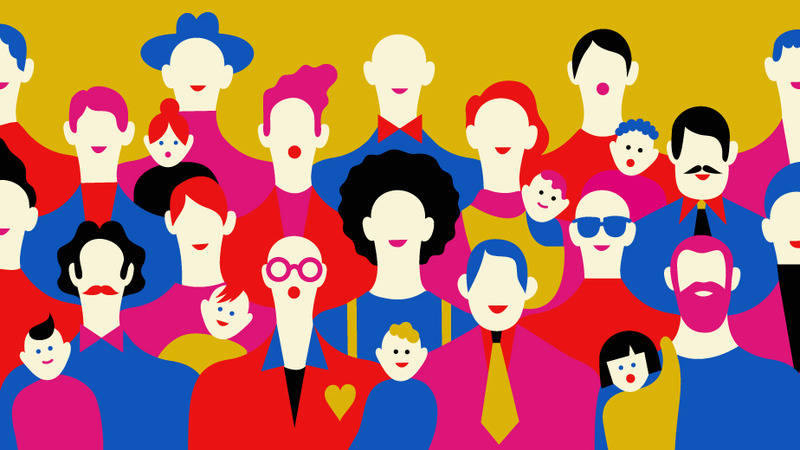
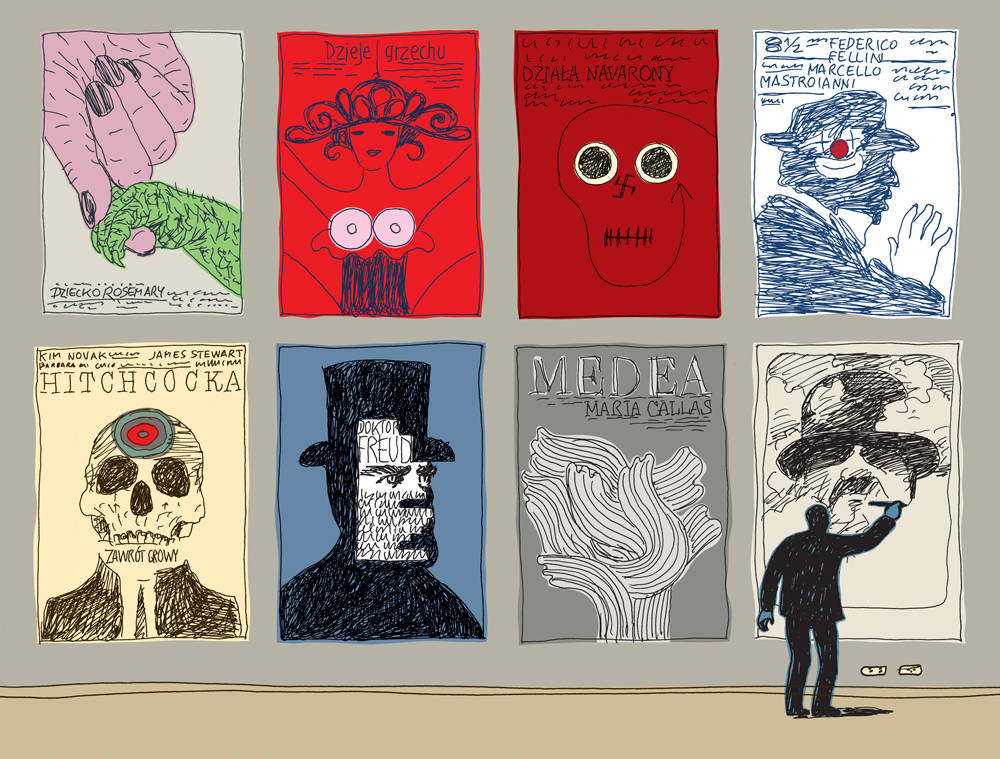
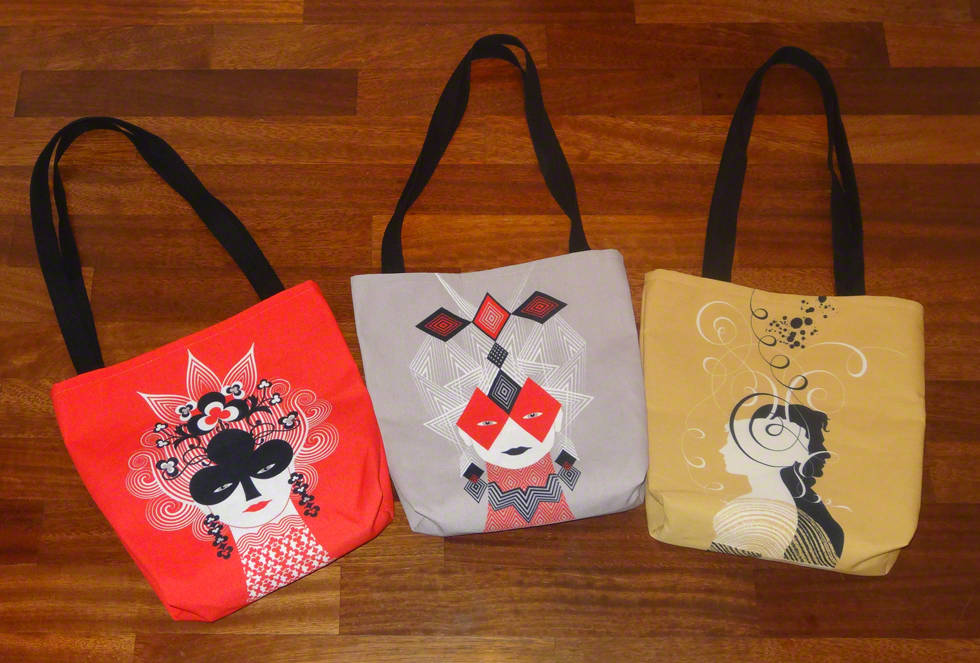
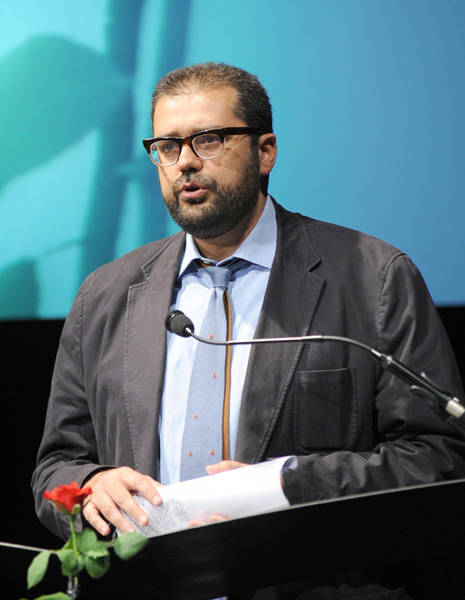
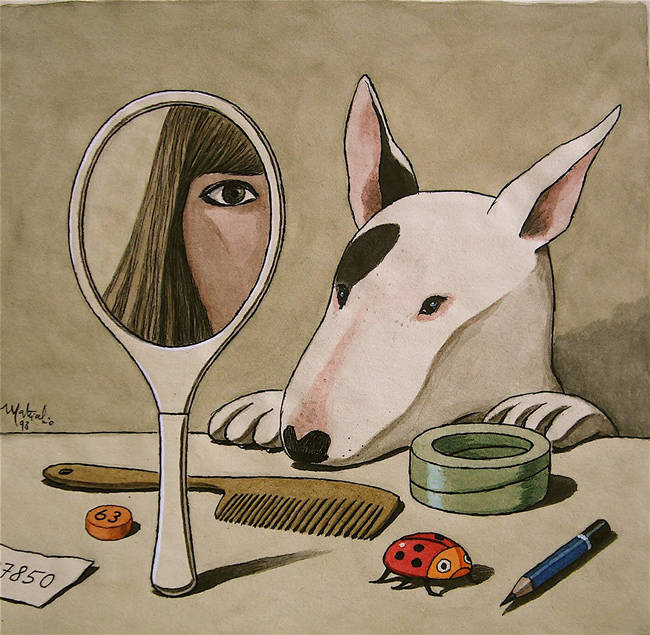



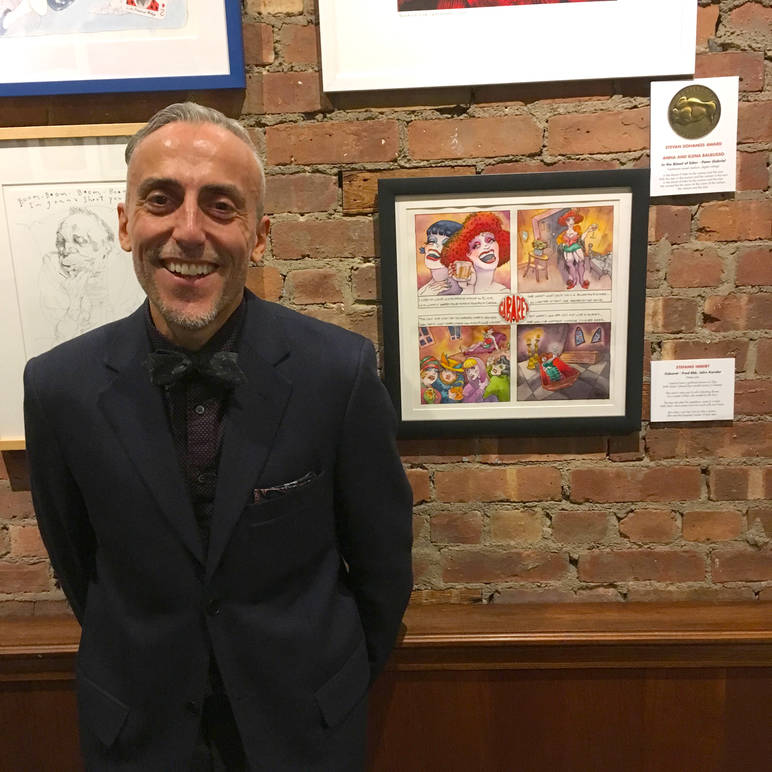
i-Italy
Facebook
Google+
This work may not be reproduced, in whole or in part, without prior written permission.
Questo lavoro non può essere riprodotto, in tutto o in parte, senza permesso scritto.